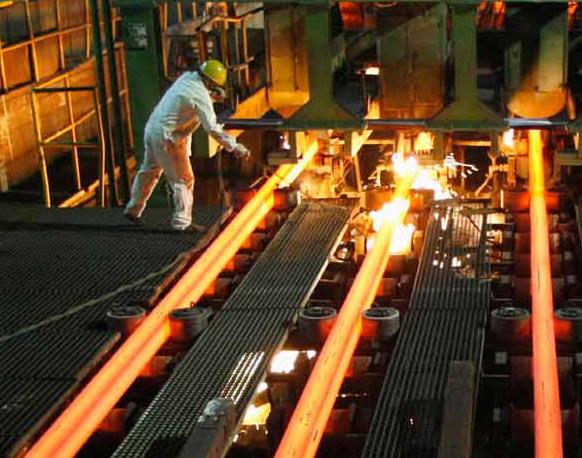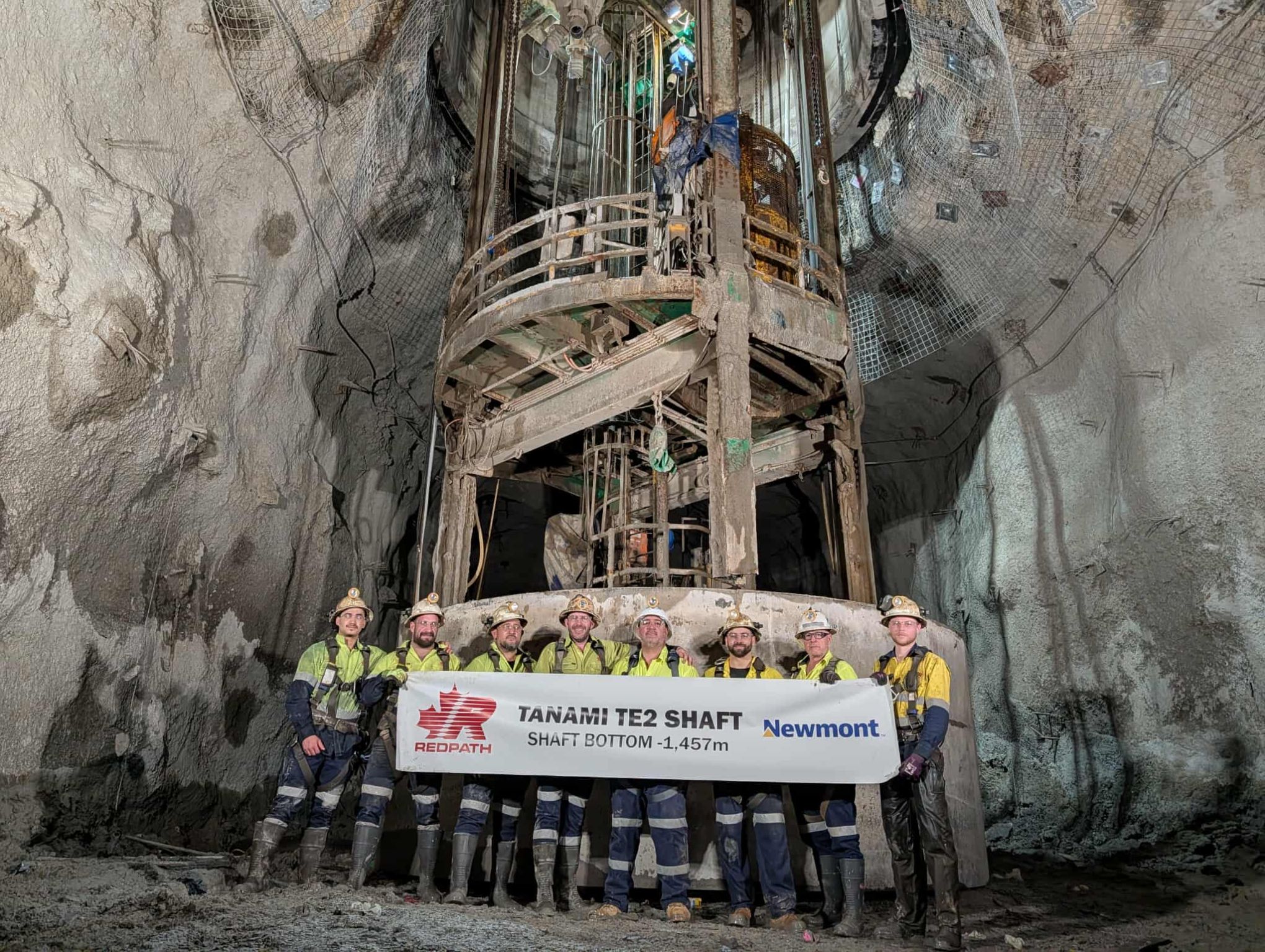
After a couple of years of uncertainty, the biggest iron ore company in Canada is in the process of becoming even bigger, as Jeff Daniels reports.
When you’ve been running a mine for the best part of half a century and have already produced over 1 billion tons of iron ore concentrate and pellets, you’d be justified in thinking that the last thing on anyone’s mind was an expensive expansion program.
Iron Ore Company of Canada is the country’s largest iron ore producer and, as such, one of the leading suppliers to the global market. The majority shareholder is another mining giant Rio Tinto, holding 58.7 percent of shares followed by Mitsubishi Corporation (26.2 percent), and the Labrador Iron Ore Royalty Income Corporation (15.1 percent).
In 2005, IOC celebrated its 50th anniversary after mining operations began at its Schefferville mine site in Quebec. There wasn’t very much there at the time thanks to its northern latitude which puts average temperatures at the location below zero for most of the time and mildly warm for just three months of the year.
Massive amounts of iron ore had been found in the 1890s but it wasn’t until the time the world stared down the barrel of the Second World War that mining and exploration rights were acquired. By 1945 reserves of 400 million tons had been proved and in 1947 a decision was taken to proceed with the IOC project, funded in part by the then owners and another $145 million lent by a consortium of 19 American and Canadian insurance companies.
By 1950, the second most important name in the IOC story appeared when construction equipment for the project was landed at the port of Sept-Îles on the northern shore of the Gulf of Saint Lawrence. In fact Sept-Îles was the gateway for movements in both directions and became the southern terminal for the 573 km Québec North Shore and Labrador Railway (QNS&L) main line IOC had to build in order to get its treasures to market.
When thinking of airlifts, the rescue of Berlin after the Soviets put up the wall often comes to mind but it’s claimed that the largest civilian airlift in history was required to complete the Schefferville project, which involved building maintenance and accommodation camps to house, transport and feed 6,900 workers, laying the foundations for two town sites to house permanent employees.
By1982, the mine was no longer viable and it was closed down but IOC was far from depleted. Focus shifted 200km south and just over the border into the province of Newfoundland & Labrador to an even larger deposit of iron just outside Labrador City at what became known as the Carol Project.
Less than 50km east of the north-south running QNS&L rail line, this facility began operation in 1962 and since then has produced more than one billion tons of crude ore with an average iron content of 39 percent.
Over the intervening decades both ends of the chain have seen extensive development work, increasing capacity and productivity. IOC’s port at Sept-Îles has become one of Canada’s largest deep water seaports in terms of tonnage handled. It has the capacity to store six million tons of pelletized and concentrated product which then can be reclaimed from stockpiles by giant loaders and transported on a complex network of conveyors to ships of anything between 20,000 to over 200,000 tons capacity.
Year by year productivity records were set and broken with massive amounts of iron being shipped to Japan. After celebrating the 50 millionth ton of concentrate being shipped there, the Mitsubishi Corporation bought a share of the business.
Which brings us to the mid 2000s when the board of management at IOC decided that with reserves sufficient for another 30 years of mining, not only was Labrador City far from finished, it justified the expenditure of $500 million to increase annual concentrate production to 22 million tons and to upgrade processing and transport infrastructure to cope with the increase. There was even a target to push output ever higher to more than 25 million tons. But no sooner had the news been announced than the company was forced to backtrack. The 2008 bank crisis had put world economies into a tailspin and rather than looking rosy as it had just a few short months earlier, markets were reeling as demand collapsed.
Nevertheless, by 2010 IOC's sales were holding up at 15 million tons, generating revenues of $2,522 million (more than double the previous year). Without absolute reliance on one part of the world (IOC sales traditionally approximate 35 percent from North America, 35 percent from Europe, 25 percent from the Asia-Pacific region plus the balance from numerous other areas), the business had managed to weather the storm.
As steel companies rebuilt their inventories and demand increased, production returned to full capacity. Midway through 2010 IOC felt sufficiently confident to announce the reinstatement of phase one of its three stage expansion plans. For an estimated cost of $435 million, annual concentrate capacity would be increased by 4 million tons to 22 million tons by 2012.
Better news still came in February this year when IOC also announced that it was restarting phase two of its expansion program, also halted in 2008. This will further increase production to 23.3 million tons of concentrate and is expected to be completed by the end of 2012 at a cost of $289 million. The third phase to increase production to 26 million tons is still in the planning stage.
Despite its size and dominance, IOC realizes that remaining resilient in an ever-changing world can best be achieved by uniting both shareholders and stakeholders. IOC has committed itself to a program of sustainable development, introducing a range of objectives, targets and key performance indicators into its reporting process. It is also aligned with the Rio Tinto corporate target of having all operations establish and report on appropriate social performance indicators by 2013. By so doing, IOC is looking forward to another half century of production and the second billionth ton of ore.













